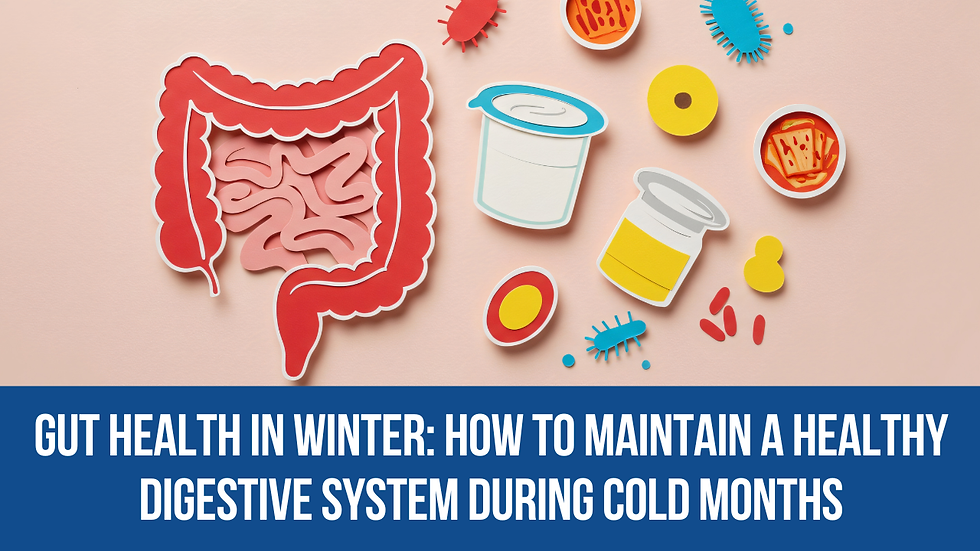Cirrhosis of the Liver: Can It Be Reversed If Caught Early?
- gastrochddrsandeep
- Jun 28, 2025
- 3 min read
Updated: Jul 11, 2025

A Comprehensive Guide to Early Intervention and Liver Recovery by Dr. Sandeep Pal
Topics explained in this blog:
Understanding Cirrhosis — Beyond “Irreversible Damage”Early Signs — Catching Cirrhosis Before It’s Too LateReversal Strategies — What Actually WorksWhen Is It Too Late? (Understanding Decompensation)Cutting-Edge Therapies on the HorizonConclusion — Your Action Plan
Introduction
Cirrhosis — the advanced scarring of the liver — is often perceived as an irreversible, end-stage condition. However, emerging research shows that early-stage cirrhosis may be reversible with prompt intervention. This 5,000-word guide explores:
✔ The science behind liver regeneration✔ Critical early warning signs most people miss✔ Evidence-based reversal strategies (diet, medications, lifestyle)✔ When transplantation becomes necessary
For patients and caregivers seeking real hope, this article separates myths from medically proven solutions.
Understanding Cirrhosis — Beyond “Irreversible Damage”

How Liver Cirrhosis Develops
The liver undergoes 3 progressive stages of damage:
Inflammation (Hepatitis)
Fibrosis (Scar tissue formation)
Cirrhosis (Advanced scarring)
Key Insight:
Compensated cirrhosis (early stage) → May be reversible
Decompensated cirrhosis (late stage) → Management-focused
The Liver’s Remarkable Regenerative Ability

Unlike other organs, the liver can regenerate up to 70% of its mass. However, cirrhosis disrupts this process by:
Distorting liver architecture (nodules form)
Blocking blood flow (portal hypertension)
But hope exists:A 2023 Journal of Hepatology study found 30% of early cirrhosis patients showed regression after treatment.
Early Signs — Catching Cirrhosis Before It’s Too Late

Silent Symptoms Most Ignore
Fatigue that coffee can’t fix (due to toxin buildup)
Itchy skin without rash (bile salt accumulation)
Frequent nosebleeds (clotting factor deficiency)
Lab Tests That Reveal Early Cirrhosis
Test Significance
FibroScan— Measures liver stiffness (≥7.5 kPa = early fibrosis)
APRI Score — Combines AST & platelets to predict scarring
ELF Test — Detects extracellular matrix proteins (early fibrosis)
Red Flag — ALT/AST ratio >1 + platelet count <150,000 = High cirrhosis risk
Reversal Strategies — What Actually Works

1. Diet: The Anti-Fibrosis Plate
Eat More:✅ Coffee (3+ cups/day → 44% lower fibrosis risk)✅ Cruciferous veggies (sulforaphane reduces scarring)✅ Omega-3s (salmon, flaxseeds lower inflammation)
Avoid:❌ Alcohol (even 1 drink worsens fibrosis)❌ Added fructose (sodas, juices drive fat deposition)
2. Medications with Proven Benefits
Obeticholic acid (Ocaliva®) → For NASH cirrhosis
Beta-blockers (propranolol) → Reduces portal pressure
Rifaximin → Prevents toxin buildup in brain (hepatic encephalopathy)
3. Lifestyle Interventions
Exercise (150 mins/week ↓ liver fat by 18%)
Sleep before 11 PM (circadian rhythm affects detox)
Sauna therapy (sweating removes ammonia)
When Is It Too Late? (Understanding Decompensation)

Symptoms of Advanced Cirrhosis
Jaundice (yellow skin/eyes)
Ascites (fluid buildup in abdomen)
Confusion (hepatic encephalopathy)
Treatment Shifts to:✔ Symptom management (diuretics, lactulose)✔ Transplant evaluation (MELD score ≥15)
Cutting-Edge Therapies on the Horizon

Stem Cell Therapy (trials show ECMO reduction)
Fecal Microbiota Transplants (for gut-liver axis repair)
Galectin-3 Inhibitors (anti-fibrotic drugs in Phase III)
Conclusion: Your Action Plan

Get Screened (FibroScan if high-risk)
Adopt Liver-Friendly Habits (diet, exercise, sleep)
Consult a Hepatologist at the first signs of fatigue/itching
Key Takeaway:Early cirrhosis can regress — but only with aggressive intervention. Delay is the enemy.





Comments